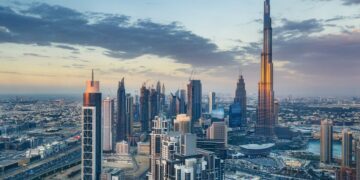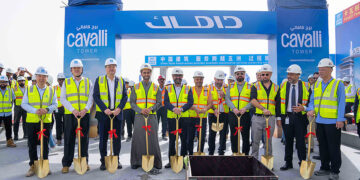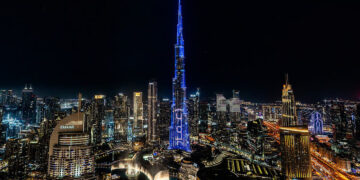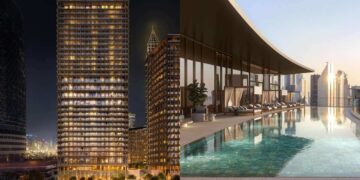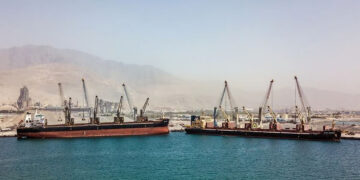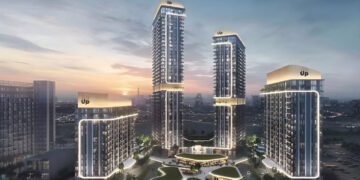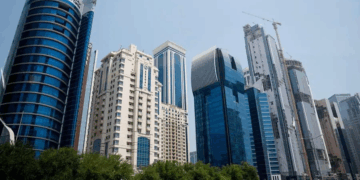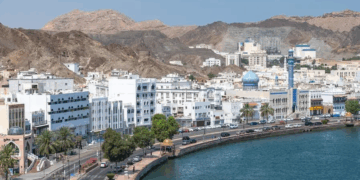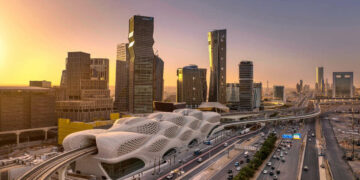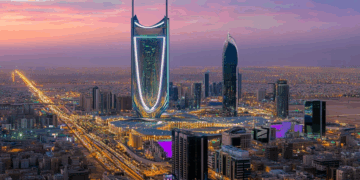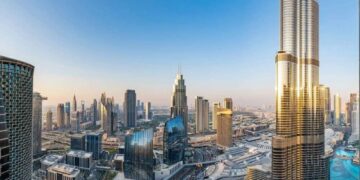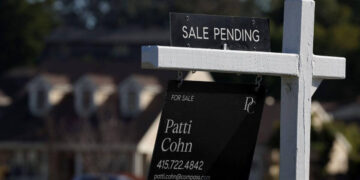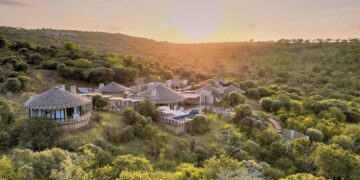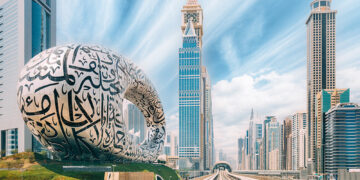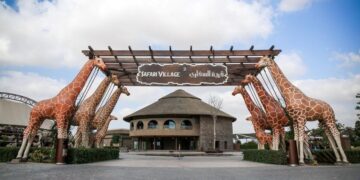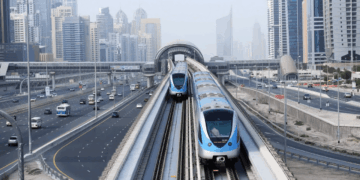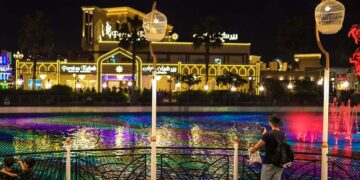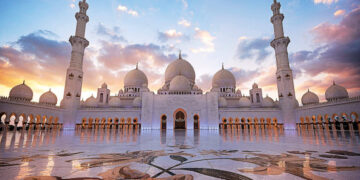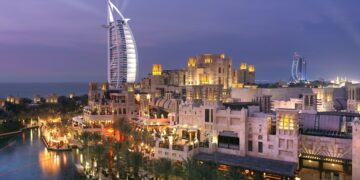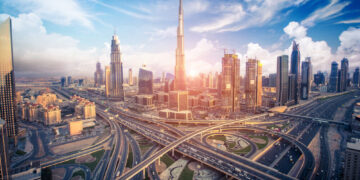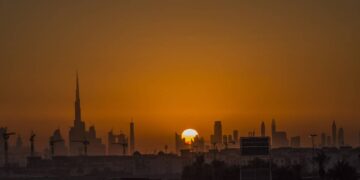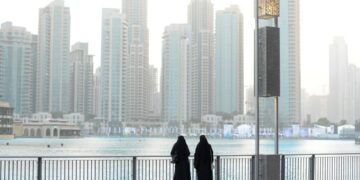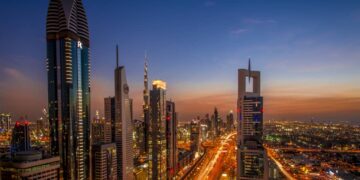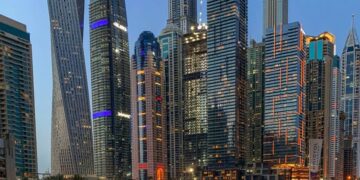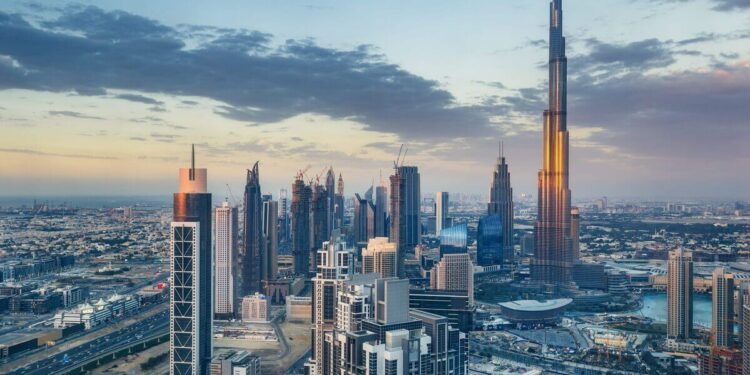According to the most recent analysis by Cushman & Wakefield Core, Dubai will receive 44,000 units in 2025—the most in five years—as projects started during the post-pandemic period approach completion.
According to the real estate consultancy, Dubai’s residential market is experiencing a strong supply cycle and will soon see the construction of a sizable pipeline.
Over 7,800 units were delivered to Dubai in the third quarter of 2025, and an additional 14,900 are anticipated in the fourth quarter. This brings the annual total to 44,000 units, the largest in five years, according to the report.
The residential market in Dubai is entering a more balanced stage, according to Prathyusha Gurrapu, Head of Research and Consultancy at Cushman & Wakefield Core.
“The combination of record deliveries and continued population inflows is creating a market where fundamentals, such as location and quality, will increasingly determine performance. Prime areas will hold firm, while more secondary locations adjust to new levels of supply,” she added.
It is projected that completions are expected to rise further in 2026, with over 69,000 units anticipated. “Much of this near-term supply reflects the volume of projects launched over the past three to four years now reaching completion. While strong demand continues to support absorption and is expected to remain underpinned by record population growth, the new stock is likely to gradually temper the market, contributing to the ongoing moderation in both price and rental growth,” the analysis added.
As a spike in new supply catches up with demand, overall price rise in Dubai may slow, according to real estate portal Bayut. It is anticipated that established neighborhoods will continue to be well-liked due to robust infrastructure and ongoing demand for luxury goods. With more than four million people living in the city, demand for all kinds of real estate is in perfect harmony with long-term government efforts like the Dubai Economic Agenda D33 and the Dubai 2040 Urban Master Plan, which continue to influence the emirate’s sustainable growth and urban development.
“It’s quite evident that the Dubai real estate market is entering a new phase of maturity and stability. While overall price growth is moderating thanks to increased supply and measured investor sentiment, well-established communities continue to perform strongly, supported by robust infrastructure and sustained demand,” said Haider Ali Khan of Bayut.
Residential sales prices in Dubai hit Dh1,871 per square foot in the third quarter of 2025, up 13% year over year, according to data from the Cushman & Wakefield Core. However, growth is obviously moderating, especially in the apartment market.
“With a steady new supply entering the market, further price moderation is likely. Villa communities such as Palm Jumeirah, Dubai Hills, The Springs, The Meadows, and Jumeirah Village Circle continue to outperform with double-digit growth, supported by limited supply and resilient end-user demand. In contrast, mid-market apartment areas show signs of saturation, recording only marginal year-on-year gains. As the market moves into a more balanced phase, pricing will increasingly be driven by fundamentals such as location, quality, and developer profile,” it said.
